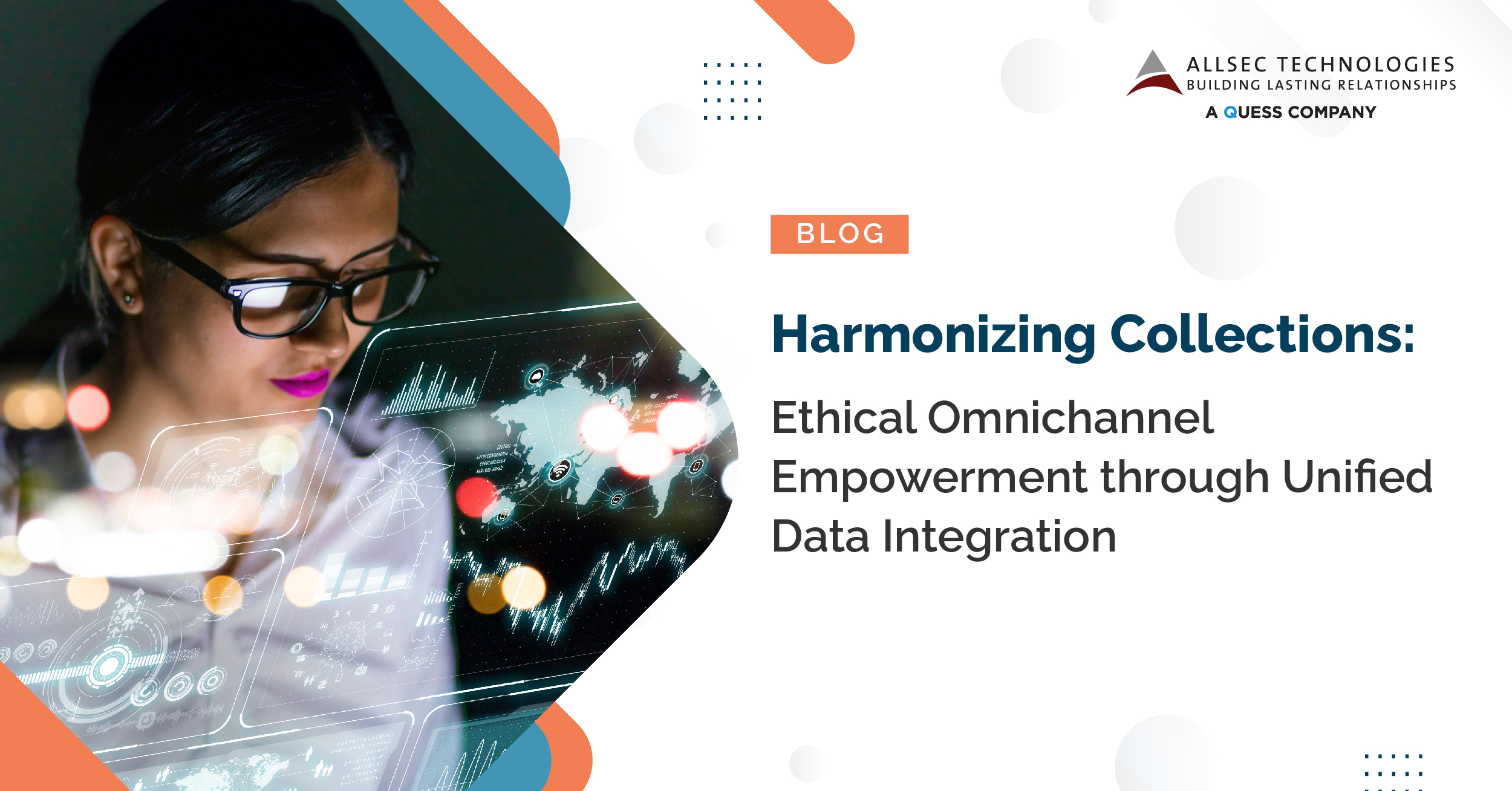
In today’s omnichannel environment, debtors switch between online portals, phone calls, emails, social media, and even physical locations when interacting with businesses. Each touchpoint generates valuable data, but unfortunately, it often remains siloed within its respective channel, creating a fragmented view of debtor behavior and hindering the effectiveness of collections efforts.
Addressing a Significant Problem: The Fragmented View
- Incomplete debtor profiles hinder understanding and lead to misinformed strategies, causing frustration and distrust among debtors.
- Inefficient communication across channels results in confusion and missed payments, impacting cooperation.
- Limited visibility leads to missed opportunities for early intervention, affecting recovery rates.
- Siloed data hampers resource allocation, resulting in wasted effort and lower collection rates.
The FDCPA and Regulation F: A Balancing Act
The FDCPA protects consumers from unfair, deceptive, and harassing debt collection practices. Regulation F, issued by the Consumer Financial Protection Bureau (CFPB), provides specific guidelines for collectors to ensure compliance. Navigating these regulations while maximizing collections is crucial. Thankfully, cross-channel integration can play a critical role in achieving both goals.
Bridging the Compliance Gap with Cross-Channel Integration:
By unifying data from all channels, collectors gain a holistic understanding of debtor behavior and communication preferences. This empowers them to:
- Avoid unfair or deceptive practices: With a complete picture of communication history, collectors can ensure they stay within the boundaries set by the FDCPA. They can avoid excessive calls, misleading statements, or threats of illegal action.
- Prevent harassment: Knowing a debtor’s preferred communication methods and avoiding repetitive contacts across different channels minimizes the risk of harassment. This fosters a more positive experience for debtors and reduces potential legal issues.
- Comply with time-barred debts: Recent 2023 CFPB guidance clarifies that Regulation F prohibits debt collectors from suing or threatening to sue on time-barred debts. Cross-channel integration ensures collectors have access to this information readily, preventing non-compliant practices.
Cross-channel integration serves as the solution, orchestrating diverse data sources to inform smarter collection strategies while ensuring regulatory compliance. A central repository captures interactions from all channels, offering a complete timeline of the debtor’s journey, including communication history, payment attempts, preferences, and sentiment. This real-time visibility empowers collectors to tailor their approach based on the debtor’s latest actions and behavior.
Unified communication and personalized outreach
Unified communication platforms streamline debtor communication across channels, enabling seamless transitions between phone, email, and online chat without the need to repeat information. By integrating insights from all channels into a unified debtor score, such as engagement levels and preferred communication methods, collectors can effectively segment debtors. This enables the crafting of targeted messages tailored to individual preferences, fostering trust and enhancing the chances of successful resolution.
Human touch in the digital age
While technology plays a crucial role, the human touch remains essential. Cross-channel integration should augment, not replace, human judgment. Collectors should leverage the unified data to make informed decisions, personalize interactions, and build rapport with debtors. Empathy, understanding, and data-driven insights create a powerful force for achieving remarkable results in omnichannel collections.
In the omnichannel environment, transitioning from isolated data to a unified approach is essential. Alldigi Tech leads in this revolution, offering cross-channel integration and a unified debtor score. This empowers businesses with deeper debtor understanding, personalized communication, and improved recovery rates. Our solutions combine human empathy with data-driven insights, enhancing collector effectiveness without replacing them.



